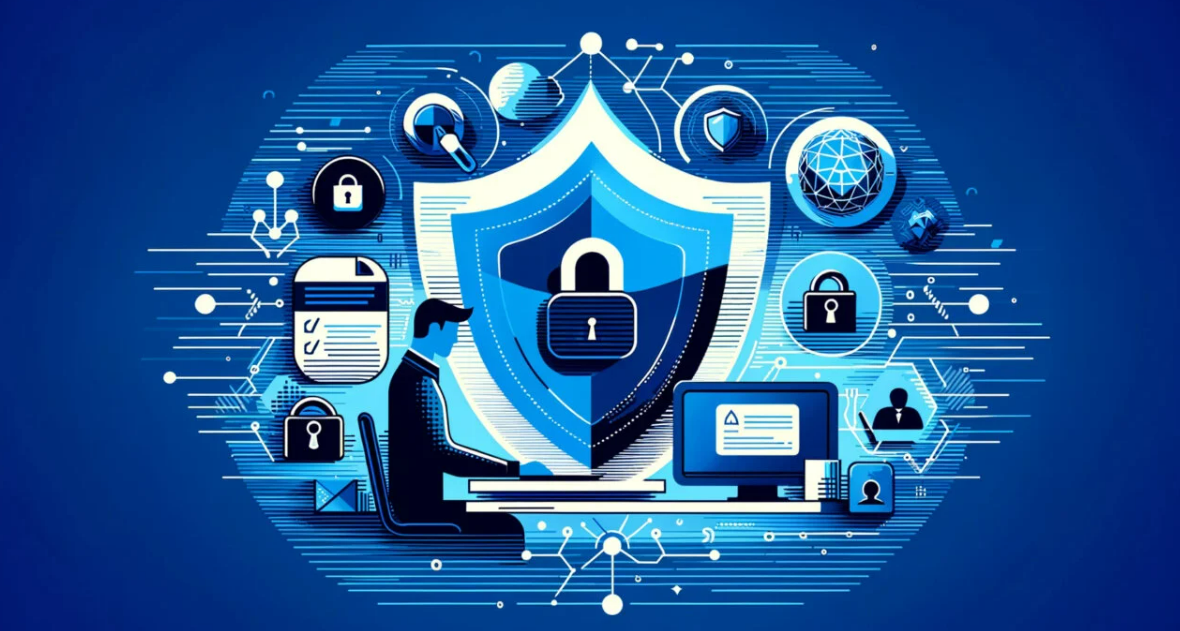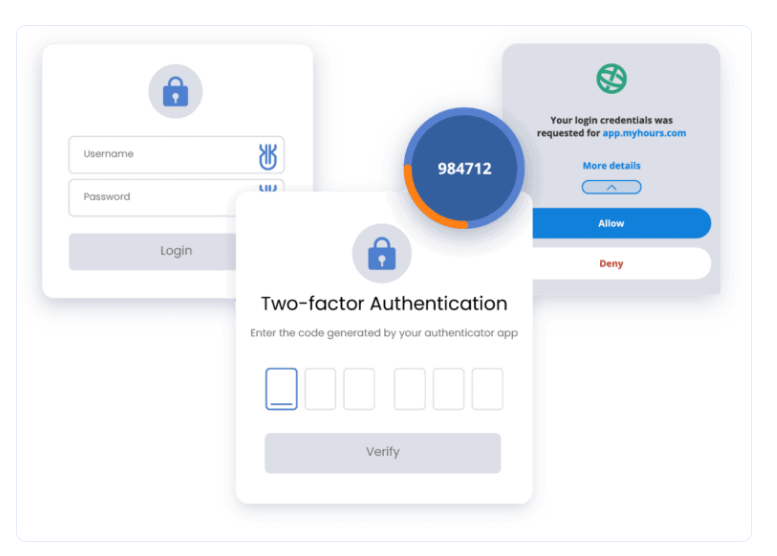
Best Practices to Protect Your Organization Against Cyber Threats
- By ThreatMatrix
In today’s digital age, safeguarding your organization against cyber threats is more critical than ever. With cyber-attacks becoming increasingly sophisticated, it’s essential to implement robust security measures. Here are some cybersecurity best practices to help protect your organization.
1. Conduct Regular Security Audits
Regular security audits are crucial for identifying vulnerabilities within your system. These audits should include penetration testing, vulnerability assessments, and compliance checks. By regularly assessing your security posture, you can address weaknesses before cybercriminals exploit them.
2. Implement Strong Password Policies
Weak passwords are a common entry point for cyber attacks. Implementing strong password policies, such as requiring complex passwords and regular updates, can significantly reduce the risk of unauthorized access. Encourage the use of password managers to help employees manage their credentials securely.
3. Use Multi-Factor Authentication (MFA)
Multi-factor authentication adds an extra layer of security by requiring users to provide two or more verification factors to gain access. This can include something they know (password), something they have (security token), or something they are (biometric verification). MFA makes it much harder for attackers to gain access to your systems.

4. Keep Software and Systems Updated
Regularly updating your software and systems is essential to protect against known vulnerabilities. Ensure that all operating systems, applications, and security tools are kept up to date with the latest patches and updates. Automated update management tools can help streamline this process.
5. Educate Employees on Cybersecurity
Human error is often the weakest link in cybersecurity. Providing regular training and awareness programs can help employees recognize and respond to potential threats. Topics should include phishing, social engineering, and safe internet practices. An informed workforce is a critical component of your security strategy.
6. Implement Network Security Measures
Network security measures such as firewalls, intrusion detection systems (IDS), and intrusion prevention systems (IPS) are essential for monitoring and protecting your network. These tools can detect and block malicious activity, helping to prevent data breaches and other cyber attacks.
7. Backup Data Regularly
Regular data backups are vital for recovering from ransomware attacks and other data loss incidents. Ensure that backups are performed regularly and stored securely, both on-site and off-site. Test your backup and recovery processes periodically to ensure they work as expected.
8. Develop an Incident Response Plan
Having a well-defined incident response plan is crucial for minimizing the impact of a cyber-attack. This plan should outline the steps to take in the event of a security breach, including communication protocols, roles and responsibilities, and recovery procedures. Regularly review and update your incident response plan to address new threats.
Conclusion
Protecting your organization against cyber threats requires a comprehensive and proactive approach. By implementing these cybersecurity best practices, you can significantly enhance your security posture and reduce the risk of cyber attacks. Stay vigilant, stay informed, and prioritize cybersecurity best practices to safeguard your organization’s digital assets.
